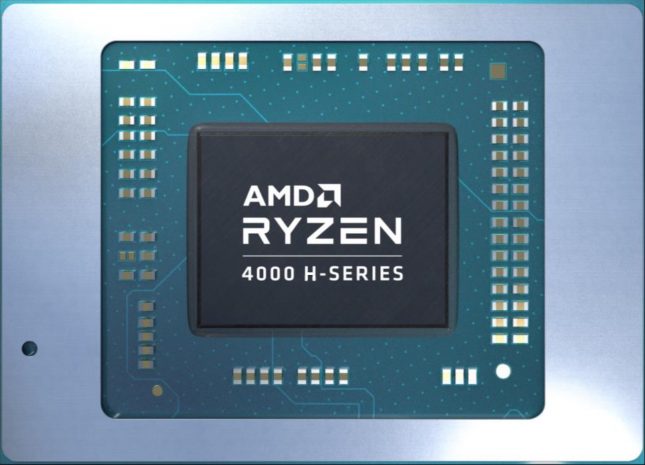ASUS Using Liquid Metal Thermal Compound on 10th Gen Intel Laptops
Gaming laptops tend to run hot thanks to running higher power processors and discrete graphics solutions. Laptop makers are always looking for ways to improve cooling as they want customers to have a good experience with their product. ASUS recently patented a process that uses liquid metal thermal compound on all of the 2020 model year ROG gaming laptops using Intel 10th Gen Core processors for improved cooling.
ASUS researched liquid metal solutions from a variety of companies and ultimately went with Thermal Grizzly Conductonaut. They went with Conductonaut since it isn’t as conductive as some of the other brands on the market. By using the improved thermal compounds they are able to drop temperatures and that allows for higher clock speeds as well as a quieter cooling solutions.
Applying liquid metal is a difficult process that is usually done by hand, so ASUS had to come up with an automated solution to keep up with the volume of laptops they produce. The solution ended up being a mechanized arm with a silicon brush that is dipped into liquid metal and then brushed across the CPU 17 times. ASUS then uses a a second machine injects more compound at two points on the die. Surface tension created by the initial coat helps spread the additional material without subsequent brushing and then the CPU cooler can be installed. ASUS shows the highlights of their automated solution in the video clip below.
ROG laptops with Thermal Grizzly Conductonaut liquid metal will be available in Q2 of this year!
The not so good news is that ASUS liquid metal technology is only found on ROG gaming laptops using Intel 10th Gen Core processors. ASUS confirmed to Legit Reviews today that they are not using liquid metal on any AMD models right now.

The new AMD Renoir CPU package has surface-mounted components that make things more complicated than working with Intel CPUs. This makes sense as getting liquid metal on surface mounted components is not going to end well and we don’t see companies applying finger nail polish to insulate components like enthusiasts often do. The good news is that ASUS is currently exploring possible solutions for AMD. We hope that ASUS is successful as notebooks like the ASUS ROG Zephyrus G14 are deserving of liquid metal!
You can find out more about ASUS using liquid metal thermal compound in this great post by Geoff Gasior on the ROG website.
